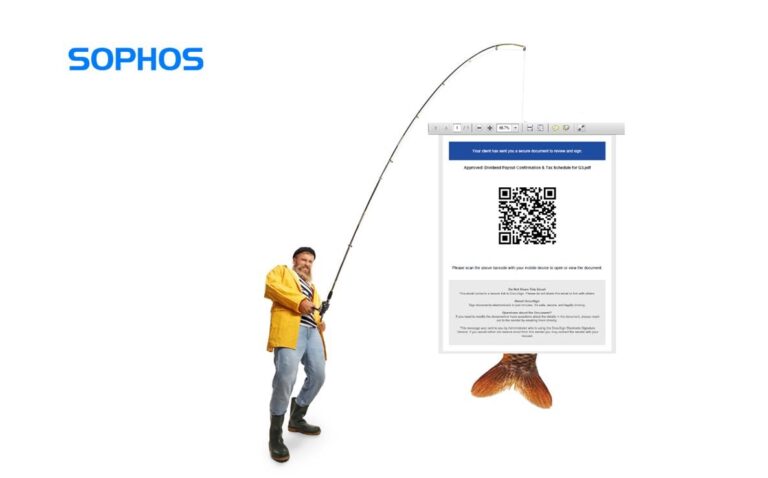Sophos X-Ops has uncovered a new phishing technique known as “quishing,” where attackers embed malicious QR codes in PDF email attachments to steal sensitive information from mobile devices.
How Does Quishing Work?
- Targeted Email: The attacker sends a seemingly legitimate email, often disguised as a message about payroll, benefits, or other important company matters.
- Malicious QR Code: The email contains a PDF attachment with a QR code embedded within it.
- Mobile Device Scan: The recipient, often unaware of the threat, scans the QR code with their mobile phone.
- Phishing Site Redirect: The QR code redirects the user to a malicious website designed to steal credentials and MFA tokens.
Why Mobile Devices Are Vulnerable
- Less Secure: Mobile devices are often less protected than computers, with fewer security measures in place.
- Bypass of Email Security: QR codes can bypass traditional email security filters, making them a potent attack vector.
Protecting Your Organization
To safeguard your organization from quishing attacks, consider the following recommendations:
- Employee Awareness: Educate employees about the risks of QR code phishing and encourage them to be cautious when scanning codes from emails.
- Mobile Security: Implement robust mobile security solutions, including mobile threat defense and secure browser apps.
- Email Security: Utilize advanced email security solutions that can detect and block phishing emails, including those containing malicious QR codes.
- Multi-Factor Authentication (MFA): Enforce strong MFA policies to add an extra layer of security.
- Regular Security Awareness Training: Conduct regular training sessions to keep employees informed about the latest threats and best practices.
- Incident Response Plan: Have a well-defined incident response plan to quickly address security breaches.
By staying informed about the latest threats and taking proactive measures, organizations can protect themselves from quishing attacks and other cyber threats.




